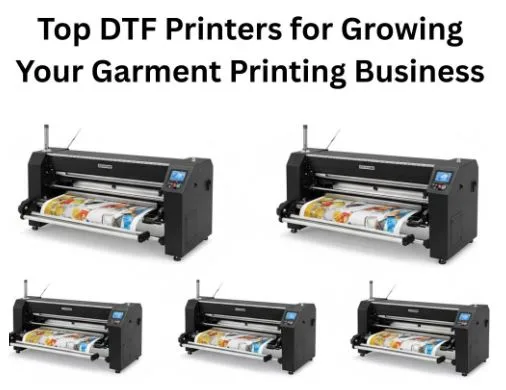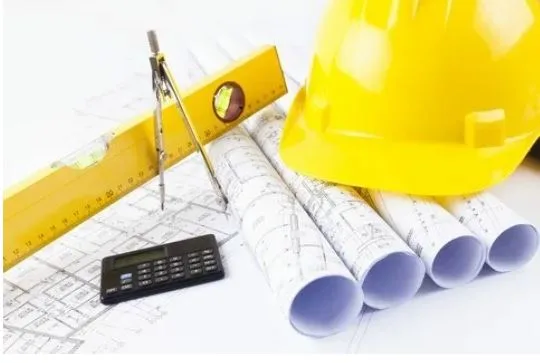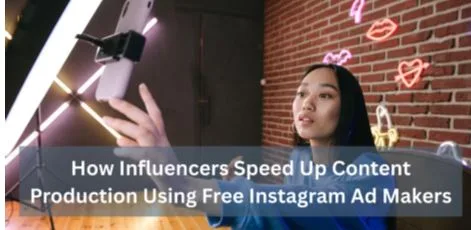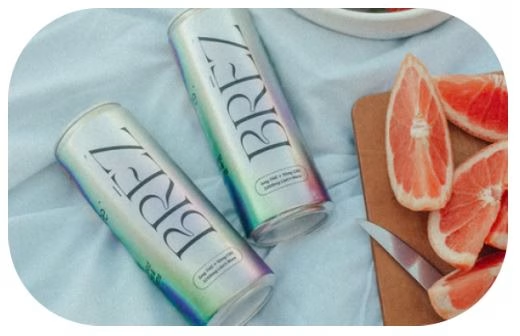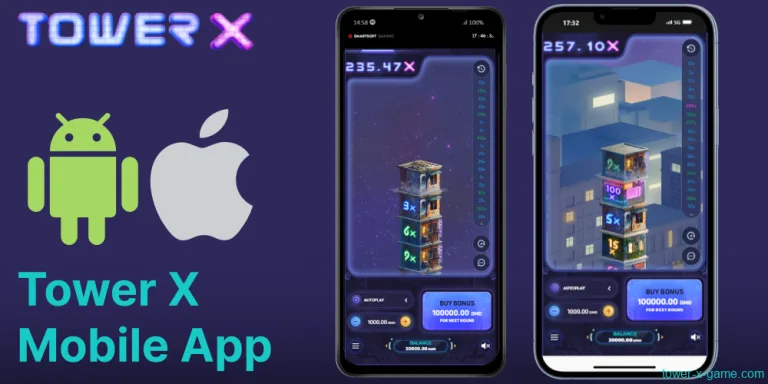Top DTF Printers for Growing Your Garment Printing Business in 2026
In the last few years, Direct-to-Film (DTF) printing has gone from being used only a little to being used by a lot of clothing decorators in the United States. Shops in Los Angeles, Dallas, New York, and even smaller cities say that DTF has opened doors for them to serve customers who want activewear, polyester blends, mesh jerseys, promotional gear, and fashion items that traditional DTG or screen printing could barely touch.
We’ve seen examples of print shops that added DTF in late 2024 or early 2025 and saw their sales go up by 30% to 50% in just one year. They did this by taking on jobs they used to turn down because of fabric limitations or long setup times. At the same time, the supply chains for inks, films, and powders have become more stable, and prices have gone down as demand has gone up.
For American businesses, 2026 is shaping up to be a turning point year. Customers are asking for more custom clothing, they expect faster delivery (POD = print on demand), and prices are going down because of competition. If you own a printing business in the U.S., whether it’s in the Southeast, the Midwest, or on the West Coast, now is the time to buy the right DTF printer. It can help you get ahead of the competition, make more money, and offer more products.
Why DTF Printing is Transforming Garment Businesses
If you’ve been in this business, you know the pain points of screen printing: setup cost, long turnaround, and limited material compatibility. Here’s why DTF is winning over many U.S. shops, grounded in observed user experience and industry data:
- Wide Fabric Compatibility & New Markets: Across U.S. markets, demand is high for polyester athletic wear, soft knits, nylon outerwear, and blends. DTF allows printers to handle these fabrics without constant adjustments. Shops report they can now take on orders for sublimated blends, technical sports uniforms, or promotional gear with ease.
- Consistent Colour on Darks Without Complicated Pretreatment: One big complaint was always “a white underbase that ghosts,” or pretreatment that varies from batch to batch. DTF’s method, printing white based on film, then pressing, standardises performance. It reduces returns or reprints on dark garments.
- Lower Fixed Cost, Less Waste, Better Profit on Small Runs: U.S. customers expect fast turnaround, shorter runs, and more personalisation. Screen printing and DTG often lose money on one‑off or small-batch orders. DTF makes those profitable, because setup time is minimal, and you can stock transfer film to apply later.
- High Throughput, Scalability & Faster ROI: With consumer expectations for fast shipping (2‑3 days or less) and POD platforms growing (Etsy, Shopify, Amazon Merch), shops using larger DTF systems (18‑24”) report they can handle more orders per day, reducing per‑unit cost and accelerating return on investment (often within 12‑18 months in a well‑run shop).
- Durability and Quality That Match Screen Printing: When done right, DTF can pass 30+ home wash cycles with minimal fading or cracking. Many U.S. customers value promotional products, corporate uniforms, and school gear, where long life is required.
- Workflow Efficiency: Time is money. DTF’s process (print → powder → cure → press) simplifies production flow. Shops in Texas and Florida, for example, have minimised bottlenecks because the film‑based workflow decouples printing from pressing. While someone’s pressing transfers, printing continues.
Best DTF Printers for Modern Apparel Businesses
DTFLine VANTAGE Series
DTFLine VANTAGE 14-inch DTF Printer:
- Best for startups and small businesses.
- Offers professional DTF printing at an accessible price, equipped for moderate production with a speed of 18 sq ft/hr. The workflow is simplified thanks to its embedded roll feeder and cutter. This model includes RIP software and free onboarding training, ensuring rapid adoption even for new users.
DTFLine VANTAGE II Max:
- Best entry-point for growing businesses.
- With dual Epson I1600 printheads, speed jumps to 35 sq ft/hr, supporting higher order volume and production efficiency. The automated roll feeder and advanced printhead configuration reduce maintenance costs. Financed at 0% for 6 months, it fits most budgets.
DTF LOTUS II / MAX
DTF LOTUS II Direct-to-Film Printer:
- Compact (13″ wide), dual Epson F1080 printheads, and a built-in roll feeder/cutter make this a mid-range powerhouse, perfect for businesses expanding their product lines.
DTF LOTUS II MAX:
- Upgraded with dual I1600 heads, it pushes speed and print precision even further for commercial shops ready to scale.
These models are bundled with RIP software, training, and support.
DTF MAXi Industrial Series
Designed for high-volume print shops, equipped with dual industrial printheads. Speed reaches 45 sq ft/hr, making it ideal for fast-turnaround jobs.
DTF Panthera
DTF Panthera 24″ V2/V3:
- If you demand the apex of DTF performance, the Panthera series offers up to 160 sq ft/hr with double or quad printhead configurations.
- Designed for top-tier, continuous production, it streamlines industrial workflows, maximises output, and ensures exceptional print reliability.
- V2 Model: Two printheads, 24″ print width, expandable for future needs.
- V3 Model: Upgrade-ready, supporting up to four printheads for even greater speeds and redundancy.
These industrial-grade solutions include all necessary software, roll feeders, and technical guidance.
Roland & Ricoh Professional Series
Roland BY-20 and TY-300
Renowned for their robust engineering and reliability, these DTF solutions (available in rolls ranging from 20″ to 30″) are designed for professional use, featuring advanced workflow integration.
Ricoh RI 1000X/2000/4000 Series
High-resolution, quick-platen change, and automated head cleaning, designed for busy commercial environments needing consistent throughput.
STS and Polyprint Filmjet
STS Direct to Film 24″ and 64″ printers
Produce large-format prints with automatic powder shaking/curing systems, ideal for mass production shops and customisation businesses.
Polyprint Filmjet system
Rolls out at industrial scale, combining fully automated print/shake/bake for huge runs and enterprise workflows.
How U.S. Businesses Should Pick the Right DTF Printer
Selecting the right DTF (Direct-to-Film) printer is a crucial investment for U.S. businesses in the custom apparel and textile sectors. Making the best choice requires balancing print quality, production needs, ease of use, and ongoing support to maximise profitability and reliability.
Understand Your Business Requirements
- Begin by evaluating what your business needs; this includes the types of textiles you plan to print, expected order sizes, and the diversity of your products.
- If the majority of your work involves large batches or custom designs, factor in whether you need robust, high-speed equipment or versatile, compact printers.
- Knowing your customer expectations for print quality and delivery speed helps guide your priorities.
Evaluate Print Performance and Reliability
- Prioritise models that offer top-notch print clarity, vibrant colour reproduction, and strong resolution, since these features directly influence customer satisfaction and future orders.
- For businesses managing frequent, high-volume orders, a model optimised for steady speed and batch consistency will maximise efficiency and output.
- Don’t overlook reliability. Choosing printers with a reputation for dependable results reduces downtime and supports brand quality.
Check Compatibility and User Experience
- Investigate ink type and compatibility; printers must produce durable, vivid prints and work with the supplies your business intends to use.
- User-friendly mechanisms, including touchscreens, simple interfaces, and straightforward maintenance procedures, are especially important in a team environment or for quick onboarding.
- If your operations rely on design software, confirm the printer’s ability to integrate seamlessly with your preferred programs.
Assess Cost and Support
- Weigh both the initial purchase price and the long-term costs associated with ink, film, and regular maintenance, since these affect your bottom line over time.
- Consider the physical space you have available and select printers that fit comfortably into your workflow without crowding the work area.
- Prioritise companies that offer prompt customer service and comprehensive warranties to avoid extended downtime in the event of technical difficulties.
Important Takeaways
- Match printer features to your volume, space, and product requirements for optimal results.
- Focus on quality, versatility, and ease of operation; these factors boost productivity and minimise potential errors.
- Carefully review all costs and ensure after-sales support is robust before purchasing.
An informed business approach, balancing performance, cost, and operational needs, ensures that your investment in a DTF printer positions your business for growth and lasting customer satisfaction.
Final Recommendation & Action Plan
If I were advising a U.S. garment printing business today considering expansion or upgrading, here’s what I would recommend:
- For businesses with moderate volume (200‑500 shirts/week), the MAXi 17‑inch dual‑head bundle from DTG Pro. It offers affordable DTF printers with excellent support. It balances speed, durability, and footprint.
- If you mostly serve small POD or custom shops with lower volume and limited budget, start with the Vantage or Lotus series, lower cost and lower risk, but still gives you access to DTF’s advantages.
- If you are an enterprise, school uniform supplier, or larger promotional product house with high throughput, the Panthera 24‑inch or similar wide‑format systems are worth the investment if your facility and staffing can support the scale.

